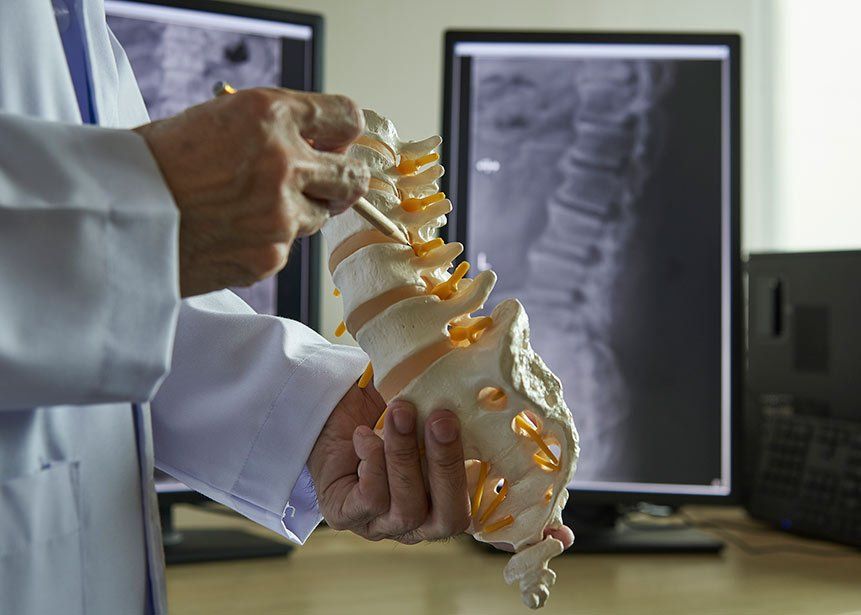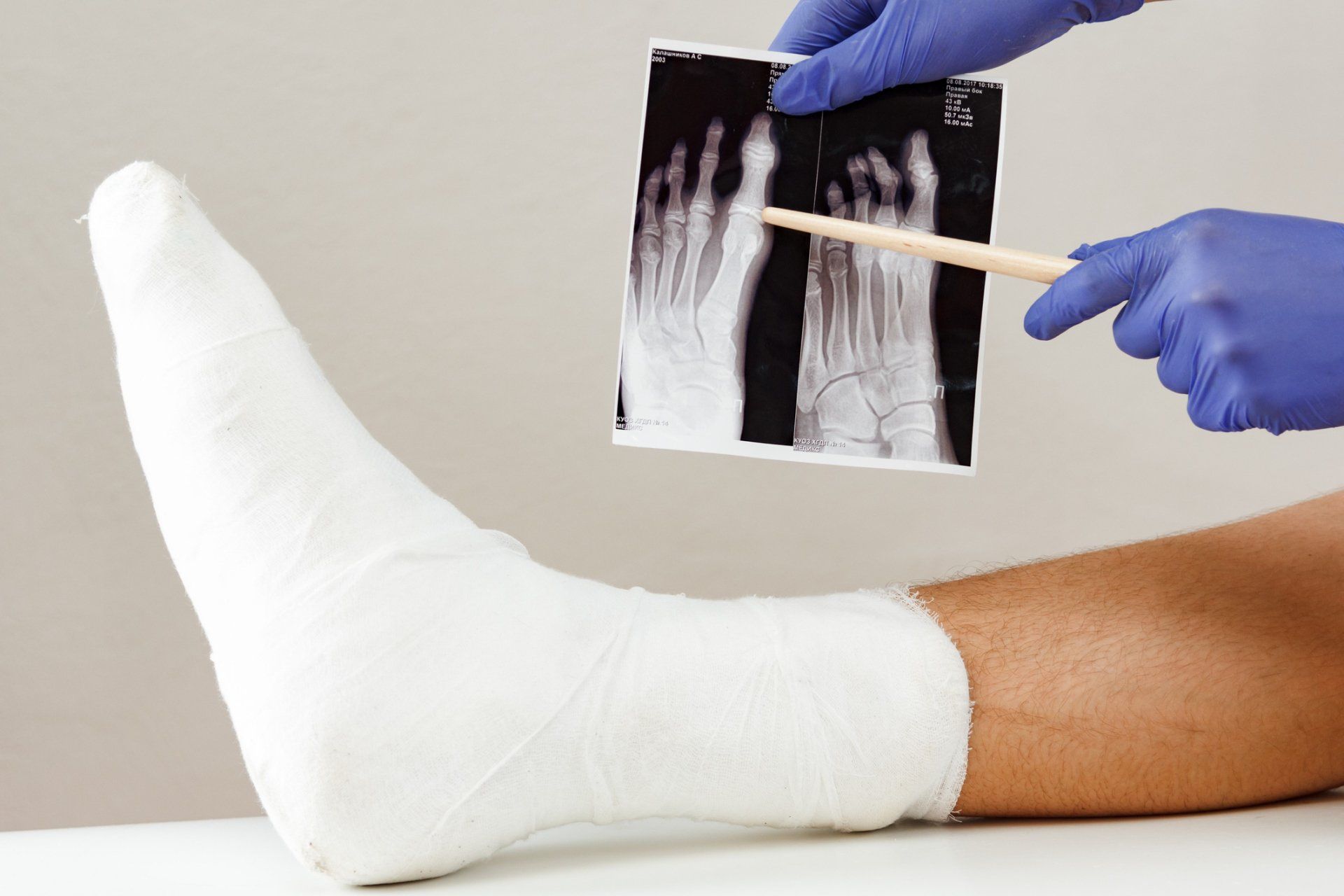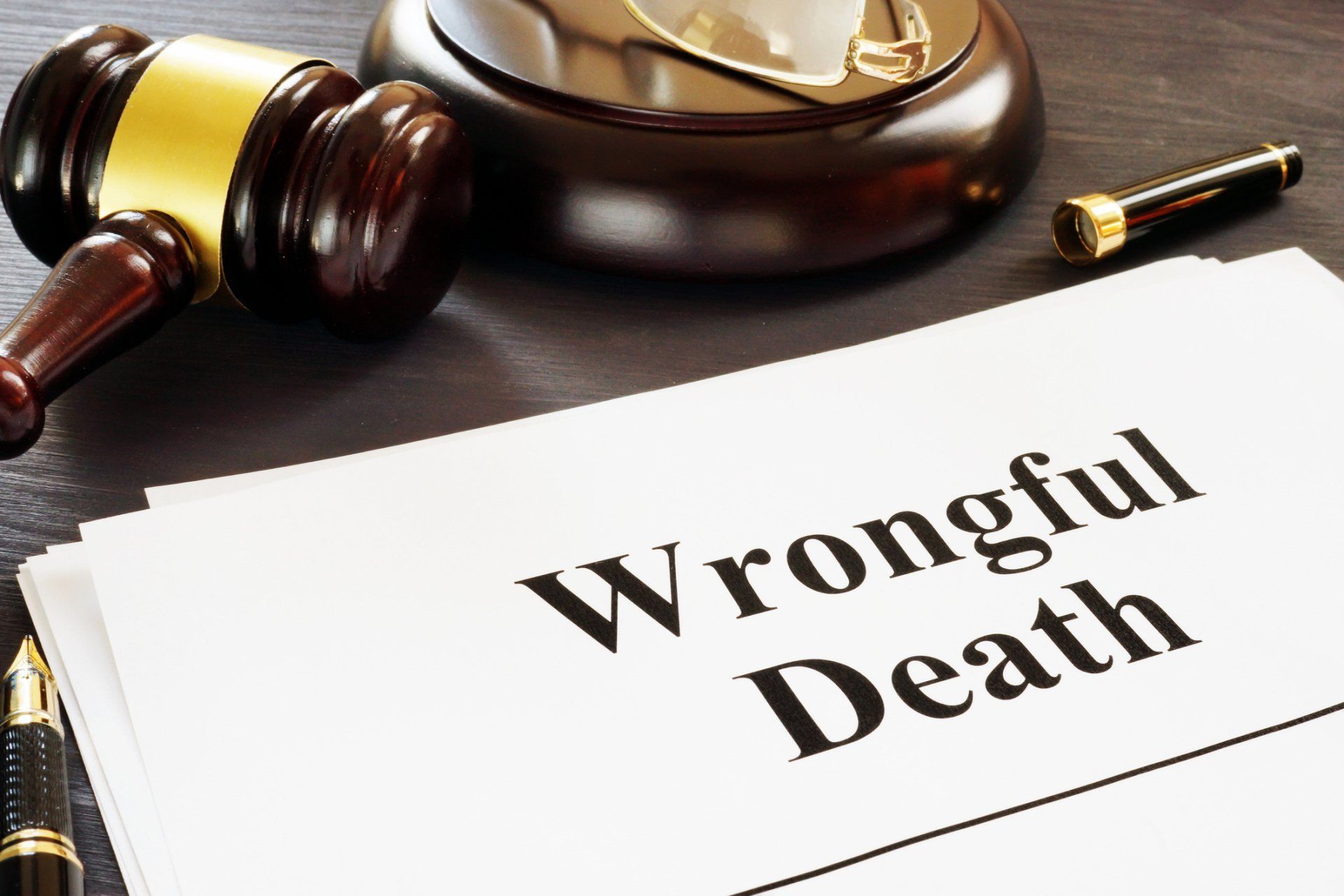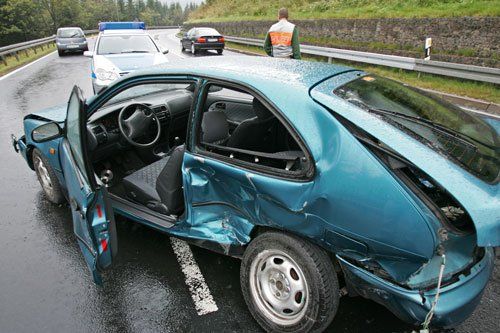Understanding the Most Common Types of Spinal Cord Injuries
- By Jiekurt Santos
- •
- 20 Nov, 2018
- •
This is a subtitle for your new post

Spinal cord injuries are one of the most devastating personal injury results of a car accident. Most spinal injuries will cause some form of temporary or even permanent paralysis that will severely impact the rest of a person's life. Sadly, an estimated 11,000 or more spinal cord injuries occur in America every year.
Therefore, people who are worried about their overall health or the risk of severe physical injury need to understand as much as possible about the dangers of spinal cord injuries. This information includes where injuries occur, the severity of the injury, and the types of damages that may arise.
Just as importantly, you should understand liability in these types of cases if you plan on pursuing a lawsuit. Failure to understand proper liability could make your case harder to pursue or even impossible to win.
Location of Damage
During a car accident, the spinal cord can experience injuries in many areas. The location of the damage will dictate not only its severity but the effects that it will have on a person's body. For example, the top of the cord, known as the cervical area, may be injured due to severe pressure put on a person's neck when their car hits another vehicle or a wall.
Unfortunately, this damage can cause injury to specific vertebrae in the neck or even snap the cord. When this happens, you’re likely to experience total paralysis or even death. Thankfully, not all spinal damage causes such severe problems.
For example, damage to lower areas of the spinal cord, such as the thoracic spinal area, often consists of damaged vertebrae that may cause severe pain. In some instances, the thoracic spinal area can snap and cause some paralysis.
Pressure from a car accident could injure these areas or any other part of the spinal cord. Typically, lower spinal injuries are less dangerous than higher ones because they don't impact as much of the body. However, even lumbar spinal injuries — located near the middle of the back — may cause temporary or permanent paralysis in the legs.
Severity of Injury
Spinal injuries come in two basic severity levels: incomplete and complete. Incomplete spinal cord injuries damage only part of the cord or just partially sever it. Therefore, the injured individual often keeps some ability in the injured area. Incomplete spinal injuries are more likely to heal than complete, though full recovery will require a lot of hard work.
Complete spinal cord injuries entirely severe the spinal cord and destroy all functionality in the affected area. Partial recovery from total spinal cord injuries is possible but often very rare. And even when people do regain some control over the affected area, full recovery is often impossible.
The severity of injury often depends on the protective acts the injured person took before the crash. For example, wearing a seat belt protects a person from a large amount of pressure from a car accident and may help to prevent most spinal injuries. However, individuals thrown from the car after not wearing a seat belt are more likely to experience critical spinal injuries.
Differences in Liability
Anybody who suffers a spinal cord injury in a car accident likely wants to pursue a lawsuit against the person who caused the crash. A successful trial could help the injured individual get the medical treatment they need to recover as much as possible from their physical damage.
However, liability in car accident cases is often complicated. For example, the defendant may try to argue that the plaintiff contributed to the accident or was entirely at fault. In this scenario, professional legal help is necessary to increase the chances of winning. So please contact Richard D. Hoffman Law Offices to learn more.



Have you been diagnosed with mesothelioma? Read on to learn more about the condition and your legal options.






